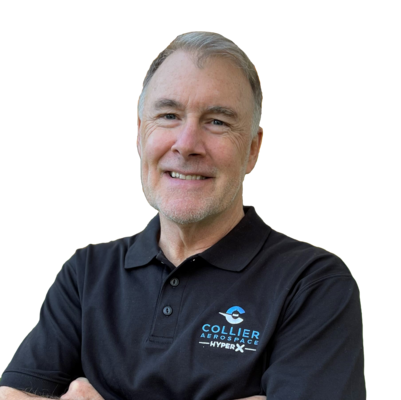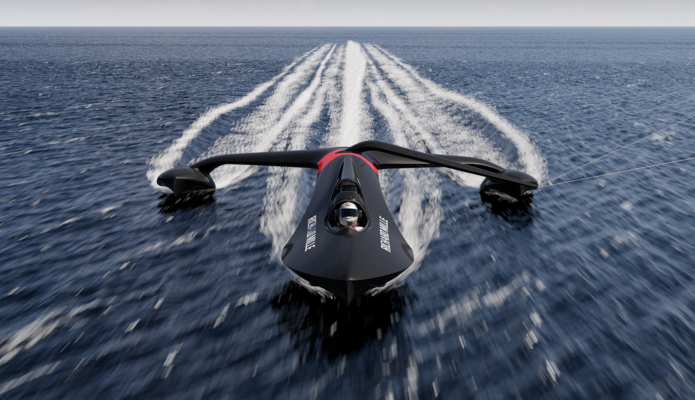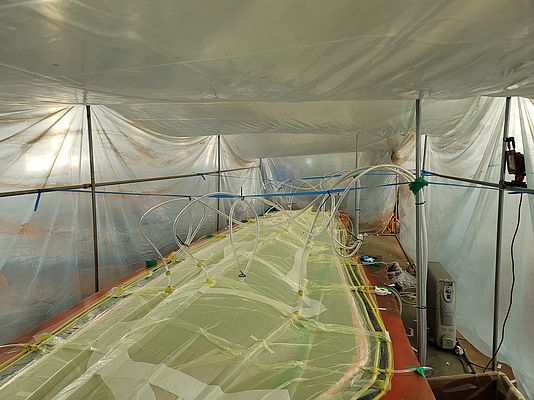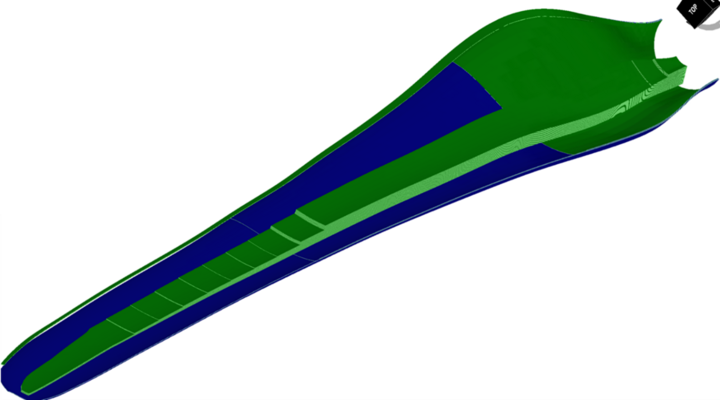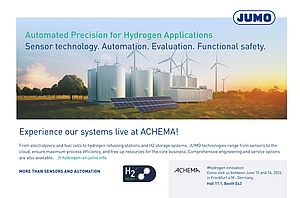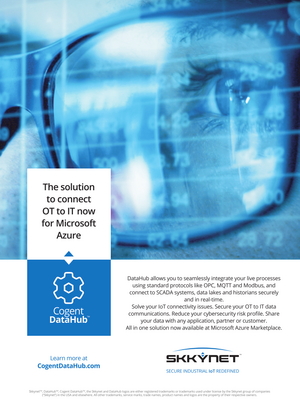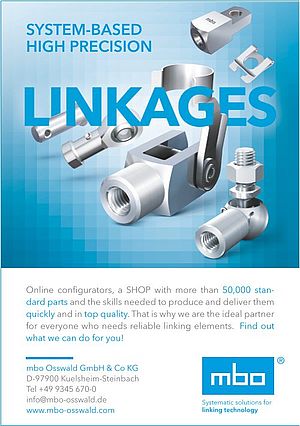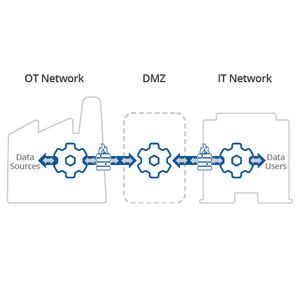Craig Collier, chief executive officer and president of Collier Aerospace Corporation, founded the company (then called Collier Research) in 1995. He helps customers in aerospace, automotive and other high-end industries solve engineering analysis and design optimization challenges for projects involving composite and metal structures. Collier is the inventor and original developer of HyperX® software, a computer-aided engineering (CAE) tool that provides stress analysis and design sizing optimization and creates stress reports for aircraft certification.
IEN Europe: Could you briefly introduce yourself as well as Collier Aerospace to our readers?
Craig Collier: I am an engineer that also has a computer science degree and I have worked in the industry before starting the company. My last work assignment was at NASA Langley Research Center as a research engineer. And that's how the software got started. You may note that our name had been called Collier Research, we did change it, recently. We started off focused on doing research in the aerospace Space Launch industry, and the company has been in business 27 years now. We still work closely with NASA but we've expanded to the general aerospace industry. We work in the field from commercial transport planes which carry hundreds of people to business jets. We are also getting involved in the new UAM markets, which are the aerial mobility/personal taxis. They are usually propelled by electric motors. Their vertical takeoff is called VTOL so that they take off almost like a helicopter, then they tilt the motors and then fly like a plane.
We do business in other areas as well, such as composite competitive sports, for instance Formula One or a composite mountain bike. You may have seen for example the sailboat that is trying to break the world record in speed. A lot of the guys in our company are very much hobbyist and they love to use our software that's been developed for industry and aerospace, but to use that in these other ways.
During JEC World 2022, you presented the global debut of Collier Aerospace new analysis and design optimization software. Can you introduce us to the HyperX software?
The HyperX software was originally developed for the purpose of helping customers find the lightest weight solution. In addition to that, we have added four other major benefits to the customers to help them reduce schedule. The second is schedule which is very important for companies to be able to complete the design cycle, from conceptual to preliminary to final design. The third one that we really have focused on as well is the producibility of the composites. So not only in the world of analysis and design or simulation, but also in asking yourself, how is that part could actually be made? Is it feasible? Is it practical? What can you do to make it easier to be made out of composites? And to do so without compromising lightweight? The fourth one is related to the certification aspects again, so how do you know that that part you design is strong enough to carry the load without failure? It is usually not just one load but there are multiple loading environments or loading conditions that need to be considered. There are a lot of ways the part can fail, thus there are a lot of different failure analyses that need to be performed and reported out to the certification authorities to prove structural integrity. That is the benefit of the software to users. A part of what we do in this context is help the engineer whether he's a design or an analytical engineer, to be able to determine what material system is most appropriate, most performant for that structure. And what kind of architecture should it be, and what kind of a design specifically such as thicknesses and its dimensions? We can help our customer do these trades between metal composites or, for instance, if it is about composite between next generation thermostats, versus the thermoplastics versus resin infusion. These kinds of capabilities are not just useful for aerospace, they are useful for any industry. Usually when you're introducing a new product, you may look at what people have done in the past that to see if there's a better way of doing it. And that's what our software has purposes in.
What does HyperX bring in comparison with the HyperSizer software previously provided?
The HyperX software has some of the same benefits offered by HyperSizer, one in particular with the weight reduction, e.g. lightweighting as they use in the automotive industry. HyperX has other benefits in regard with standard workflows, we have a workflow for analysis only and we have a workflow for design. We actually have a workflow focused on taking a finite element model and using that as a basis of your model that you work on to do the analysis and design. The other aspects are the ability of it to be more intuitive, more modern thus people are a lot more efficient with the software and they can get their work done faster thanks to the new underlying software technology we have incorporated in it. We have a drag and drop process where you can take any material system or design and just drop it on to the part and you immediately know how well they perform. We would know if it is failing.
What are the main application fields? Which industries can be interested?
Particularly in Europe, in the Formula One racing industry, obviously they want the lightest composite structures, where it means everything to them. Same for the competitive mountain bikes, or racing. Another application is related to wind turbine blades. In that case, the focus is about looking at the performance of a wind blade that would be not made with the typical fiberglass but made instead with plant based or natural flax material in addition to carbon fiber.
What needs to be considered when developing a software solution to be used in aircraft, space and automotive applications?
Fundamentally it is kind of a balancing act, right? You want to be able to have a general solution that applies to a lot of industries. But at the same time, if you have your software used by aerospace engineers, the software's needs to be really capable of performing in a manner in which that aerospace engineer needs to get his work done, or her work done because a lot of times, the general software capability is modified or customized a lot, to make our software usable. What is out of the box is to have the software ready on day one to solve your problem. This is certainly true as well for Space Launch industry.
In aerospace, there are very specific material allowable well standardized over decades and we have those in our software that a general software package would not have.
That makes your software a little bit more unique, correct?
Yes, I would think it is very unique in that way. The persons using the software since day one feel very comfortable with the way we have organized the interface, through the way the data forms and the data types are already defined. They can usually go straight to their vendor catalogs, whether it is the individual tape or fabrics or maybe the fasteners that are used, all those types of data are natively known in our software.
The software system has a very robust database, which is part of the reason why it crosses all these different industry needs of these different design engineers.
Underlying relational database is a very big part of that enabling capability and that we can handle so much data of so many different types. And the engineer does not have to reenter that data. It is maintained now over the years and in the case of an enterprise, use cases and organization, a business can enter that data one time and securely maintain it, so one source of truth for that data, and all the template databases come off of that, thus the engineers are using that same data. So, the ability to go from a model to a composite is just a matter of dragging something that you are interested in and just dropping it, for instance, on the wing skin and you immediately know how the materials will perform.
Is it because a company can enter their specific data for their particular needs, that they're organically growing those datasets as well?
Yes. One aspect is that they are some of the data available in their catalogs, but other aspects of this data could be highly proprietary to a company where they have spent years doing the testing, data calibration or correlation. They can enter their own proprietary data to our software in a secured way and still, part of that distributed database that's used throughout the organization. And along with that, there is a lot of ability to automatically just click a button and make these plots comparing the data values against each other and you can compare material systems against each other. Swap materials in and out began at any time during the process.
Can you tell us about successful use cases of your solution?
One of the stories is the racing boat. They are setting out to break the world record, which is about 92 miles per hour. Our software was used everywhere on that structure which uses fiber reinforced composites. And we also had mentioned earlier that some of our engineers like the idea of being able to get involved in fun projects like this. Our engineers actually performed the analysis and design of that composite structure as well. And we worked with the other members of that organization. We pass data back and forth, and they learned on our software. At JEC World, we actually had a model of that structure with us. A 3d printed model and the FEM in our HyperX software interface.
The other story is about the plant-based wind turbine blade. Our software was used exclusively in the optimization aspect. We have a team member performing the analysis and design in that particular use case which was very stiffness driven, and the issue was not just the lower stress allowable of the plant-based composite, but also its softness. The concern is of how much the long slender turbine blade deflects. If they deflect too much they could actually hit the tower, under heavy wind for example, so a lot of the optimization of that composite had to do with making it stiff enough so it wouldn't deflect too much. Our software has that capability as well as making sure it is strong enough.
What is planned next in the technological aspect? Anything more to say?
One comment is related to CAD systems since we are very good at coupling or integrating with a customer's finite element model. We are also working now in automating the connectivity of our software with CAD data. Then we would have the full sort of a triangle, where you have the CAD drawing with the data for the manufacturing machines. The finite element model for performing the simulation of the part and then of course, our software, a third part of that triangle, which is passing data back and forth between both of those environments. So yes, improving our ability to work with CAD is one of the bigger new technologies that we're working on.
Anis Zenadji




